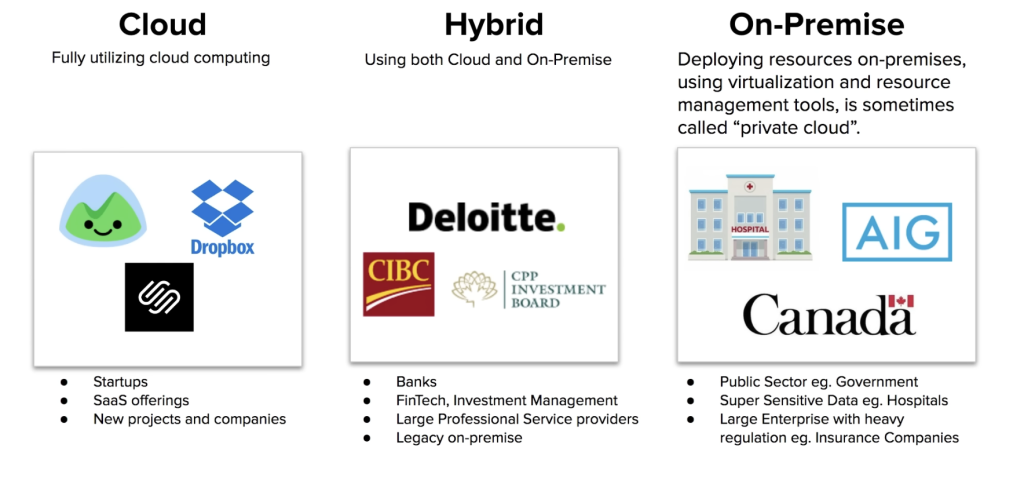Content Outline:
| Cloud concepts | 28% |
| Security | 24% |
| Technology | 36% |
| Billing and Pricing | 12% |
Deployment Models: Amazon offers flexible deployment options. You can use their on-demand cloud services to host your software without the need to manage physical infrastructure. Alternatively, if you require your data and services to be closer to your location, Amazon also provides solutions to deploy their services on-premises through offerings like AWS Outposts.

Every data center is physically isolated
Largest region is US-EAST
US-EAST-1 is the region where you see all your billing information
Auto scaling is an important subject in AWS service.
Elastic Load Balancer distributes incoming traffic across available servers. When all servers reach their capacity, Auto Scaling automatically adds more instances based on the scaling policies defined in your Auto Scaling Group, ensuring your application can handle increased demand.
Decoupling components into micro services can prevent the entire application from failing.
How Micro-services like http server and lambda function talk to each other, amazon offer a publish/subscribe service called Simple Notification Services which allow a publisher to push message to all the subscribers who subscribe to this topic.
Amazon Simple Queue Service on the other hand, act more like a buffer to queue up all the tasks, one micro service can continue to add task to the task queue, another user can pick up and process task whenever they become available, then delete it from the queue afterward.
Containers services
- ECS – Easier, fully managed container services
- EKS – More complex, you manage Kubernetes which is open source, and you need multi-cloud deployment options
- Fargate